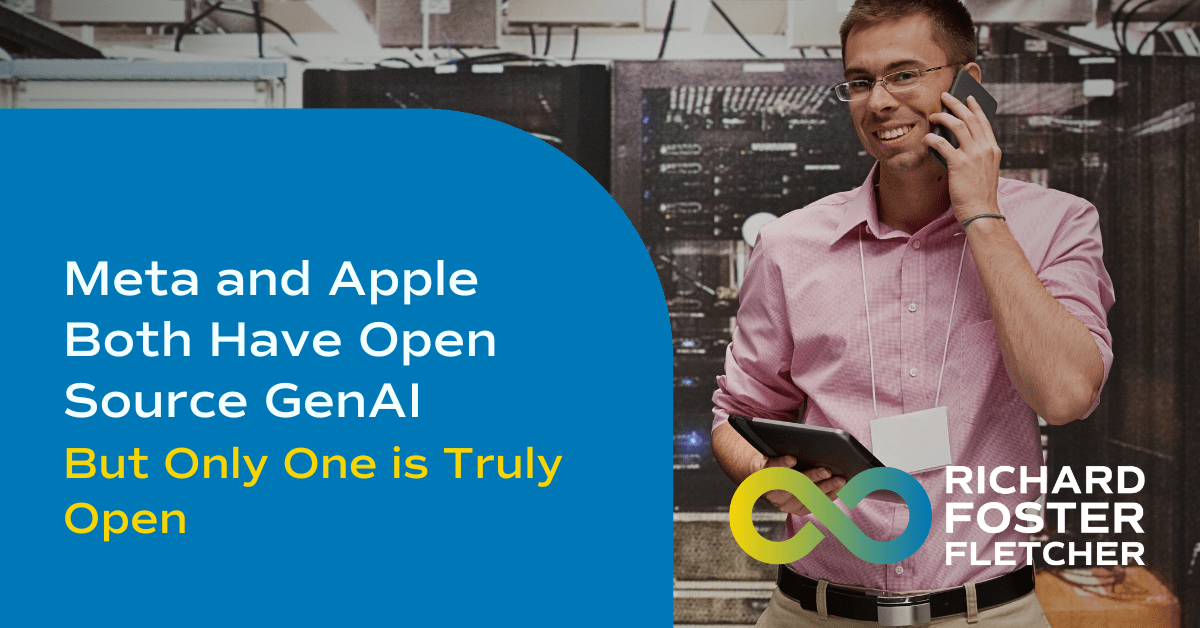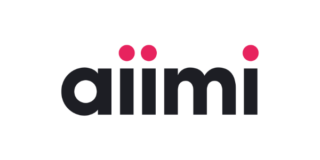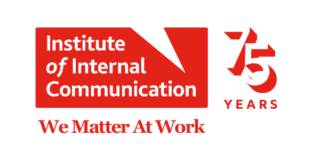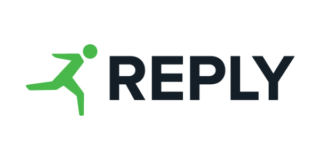
Meta and Apple Both Have Open Source GenAI, But Only One is Truly Open

The landscape of open-source generative AI (GenAI) is witnessing significant contributions from tech giants Meta and Apple. However, a closer examination reveals that while both companies are making strides in open-source AI, only one is fully embracing the transparency and accessibility that the open-source movement promises.
Meta’s LLaMA: A Step Forward, but Not Fully Transparent
Meta’s LLaMA (Large Language Model Meta AI) series, including the latest LLaMA 3.1, represents a significant push in the open-source AI domain. These models are open-source in terms of their architecture and code, allowing developers to use and modify them freely. However, a critical aspect of true open-source AI is the transparency of training data, which Meta’s LLaMA does not fully disclose. The opaque nature of the data used to train these models raises concerns about biases and the reproducibility of results. This partial transparency limits the model’s utility for rigorous academic research and ethical scrutiny (AppleInsider) (Burk’s Advice).
Apple’s Ferret: Embracing Full Transparency
In contrast, Apple’s Ferret AI model represents a more comprehensive commitment to the open-source ethos. Apple has released Ferret under a non-commercial open-source license, making both its architecture and training data transparent. This model excels in tasks requiring spatial relationships and object recognition, and its open-source nature allows for wide collaboration and innovation beyond Apple’s initial design (Techopedia).
The benefits of Apple’s approach are manifold:
- Collaboration: Researchers and developers worldwide can build upon Ferret’s foundation, driving collective progress in AI technology.
- Innovation: Open access to the model’s internals fosters novel applications and extensions.
- Transparency: Full visibility into the training data and methods used ensures ethical standards are met and biases can be identified and mitigated.
Why Apple’s Approach Matters
Apple’s decision to fully open-source Ferret, including the training data, sets a new standard for transparency in AI. This approach not only enhances trust but also ensures that the model can be rigorously tested and improved by the global AI community. It stands in stark contrast to Meta’s approach, where the lack of transparency in training data continues to be a significant drawback.
For businesses, the implications are profound. Adopting truly open-source models like Ferret can lead to more reliable and ethically sound AI applications. It also mitigates risks associated with hidden biases in opaque models and aligns with growing demands for transparency and accountability in AI development.
Business, Ethics, and Transparency
The choice between adopting models like Meta’s LLaMA or Apple’s Ferret hinges on several factors:
- Trust and Control: Full transparency allows businesses to understand and control the AI’s behaviour and decision-making processes. This is crucial for maintaining trust and ensuring ethical compliance.
- Ethical Compliance: Transparent models facilitate compliance with ethical standards and regulations, which is increasingly important in a data-driven world.
- Competitive Advantage: While Meta’s LLaMA may offer powerful capabilities, the lack of transparency could pose significant risks. Businesses need to weigh the potential power of LLaMA against the ethical and operational risks of using a less transparent model.
Implications for the Future
The AI landscape is rapidly evolving, with giants like Meta and Apple pushing the boundaries of what’s possible. However, only Apple’s Ferret truly embodies the open-source principles of transparency and collaboration. For businesses looking to leverage AI, the choice is clear: opt for models that offer full transparency to ensure ethical compliance, reduce risks, and drive innovation. As AI continues to integrate into every facet of business, the need for transparency and ethical rigour will only grow more critical.
















